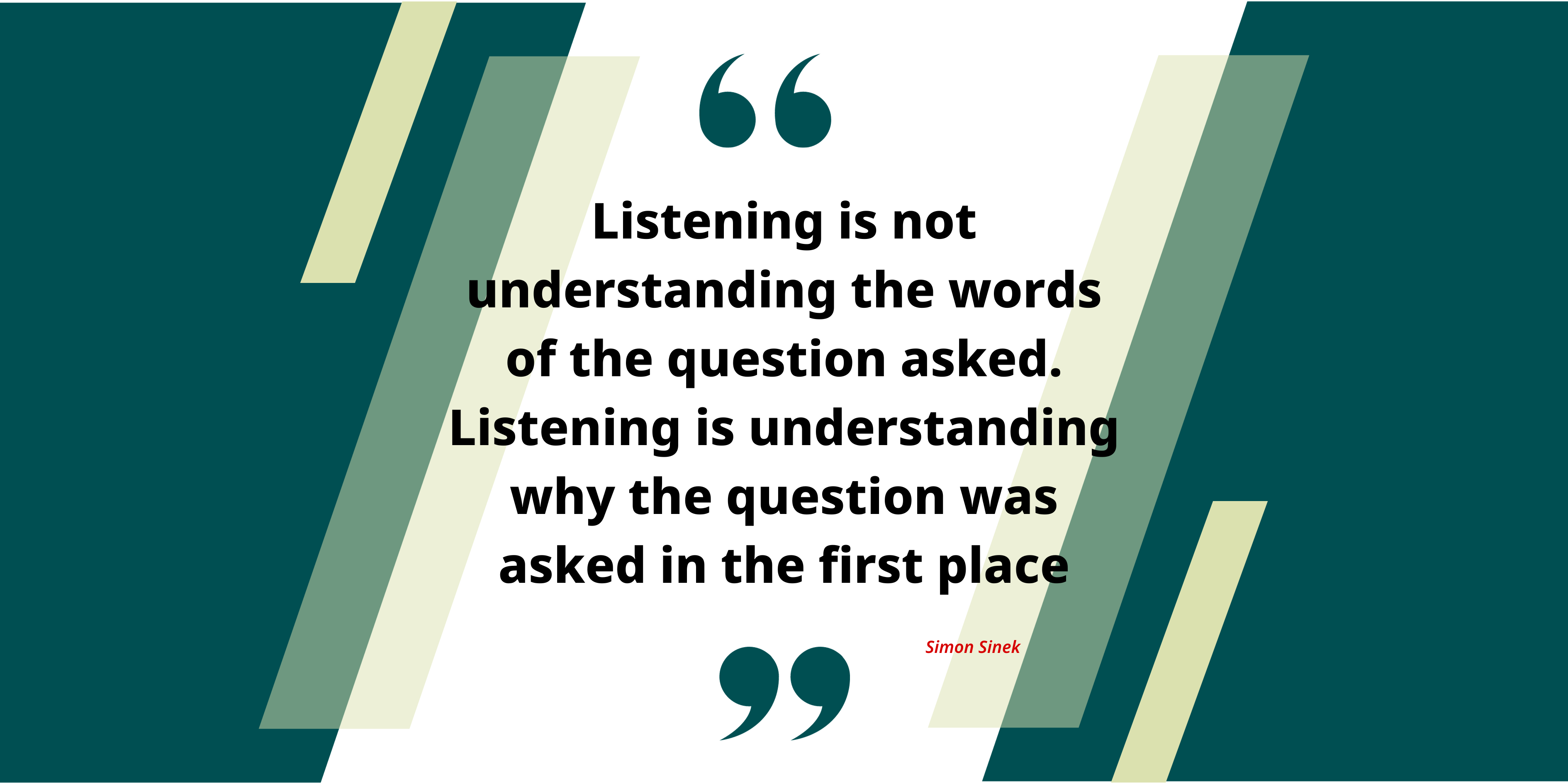The role of Listening & Understanding in the Design Process

With a choice of factory design engineering firms available for your project, you may be wondering why you should look to CDE Design Solutions for your next project. What is it that makes CDE different?
Our team of experienced and passionate engineers and draftspeople, have over 20 years of design expertise with both privately owned and sometimes multi-generational companies through to some of the world’s biggest multinational brands.
We choose to work with and alongside our clients as partners and as such, we are truly vested in the successful outcome of each project.
We have the flexibility to work with your existing team or as your design engineering team for any particular project to achieve your desired outcome.
While all of these facts make CDE Design Solutions your ideal partner, it is the way we do things that both make the difference and underpin your choice of CDE for your next project.
THE DESIGN PROCESS
Also known as “the way we do things”.
The four steps of any design process are:
Step 1. Understand the problem
Step 2. Design (plan)
Step 3. Do (Create)
Step 4. Test (evaluate / refine)
As design engineers, for every client, our macro process involves steps one and two but each of our individual projects involves all steps in the cycle on a micro level.
When we facilitate our clients through this process at both a macro and a micro level, our difference is obvious. We literally solve our clients’ factory engineering design problem.
In this article, we discuss step one and in later articles, we will discuss steps 2 through 4.
Step 1. Understanding the problem
Understand of the problem involves active listening and conceptualisation of the problem through reflection of the conversation.
Understanding comes from experience and from curiosity. It involves both the literal understanding of a project, such as machinery and equipment as well as industry codes but also the nuances and future requirements of the client and their factory design.
Understanding and listening are critical steps and, used together, are the foundations of the success of the whole project. A thorough understanding of a problem leads to:
- A clear comprehension of the problem
- The ability to see the whole picture, not just the micro issue
- The ability to potentially solve additional problems of which a client was not yet aware
- Efficiency – the scope accuracy saves valuable time in miscommunication and saves money across all phases of the project.
New clients, and even existing clients, will often come to us with the problem as well as the solution as they see it. That is, they come to us requesting a solution that they THINK they need without understanding the full extent of their problem.
A client may ask us to create an initial solution but if they don’t fully understand their problem and the repercussions of those problems, the solution they suggest could cause more pain as well as resourcing blowouts. We therefore need to examine the root cause in a full factory context.
Even the most experienced clients can come unstuck at times because engineering is simply not their area of expertise. When they need to change or alter their plant and equipment, they still need to come back to the understand / listen phase.
“We go beyond the smaller problem / solution to look at the complete factory context to ensure success.”
Example 1:
A client presented with a need for a cradle design significantly longer than their existing trailer as they were looking to transport safety mesh into an underground mine. This client asked us to produce a set of drawings duplicating his exact design but with longer dimensions. The job sounded straight forward and had we only listened without understanding the full picture, the cradle with the longer design would have been, at best, significantly damaged and at worst, unworkable.
Because we took the time to also understand the whole mine structure and its sharp underground mine corners as well as the size and capability of the existing mine equipment, our final drawings and the ensuing design ensured that the cradle design was fit for purpose therefore saving potentially huge productivity losses as well as cost.
Example 2:
Another client needed a design to wash drink production vessels in their existing production line.
Again, a straightforward request.
After understanding the client’s full factory process, factory layout and future development plans, we were able to extend the washing system to include slave pallets. Flexibility was also created in the design so that their projected filling and emptying system could be seamlessly added a future date.
If we had simply listened, the client’s design would have resulted in clean vessels but by adding understanding to the equation, the client has not only significantly increased their total cleaning efficiency but have also incorporated flexbility to add projected modules and services at a later date without going back to the drawing board so-to-speak.
“UNDERSTANDING OF THE WHOLE PROBLEM IS THE KEY TO SAVING THE COSTS THROUGHOUT THE LIFE OF A PROJECT AND BEYOND“
In all cases, without listening and understanding, an initial scope would simply not have solved the problem because the problem itself was not correctly understood.
When looking to CDE Design Solutions for your next Factory Design project, you are working with a company who view this critical step 1 of listening and understanding as essential rather than a “nice to have”.
Our experience and our exacting standards to uncover every stone ensure the success of your factory design project.